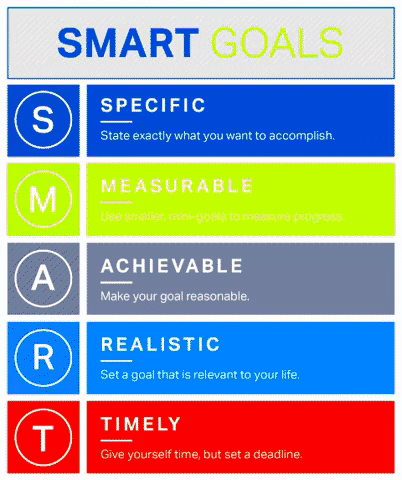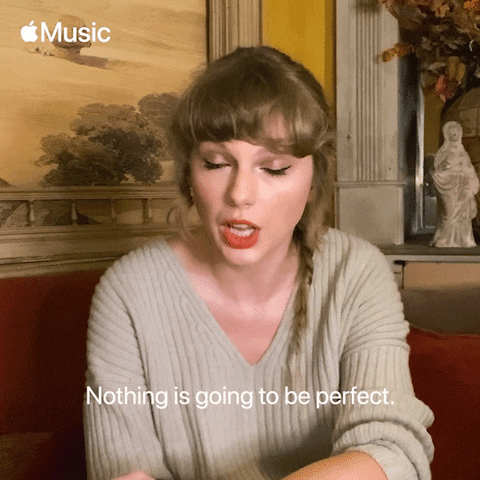“The moment you put a deadline on your dream it becomes a goal”- Stephen Kellogg
If you have ever taken any business-oriented course you have probably heard of SMART goals. SMART stands for specific, measurable, achievable, realistic, and time-framed. This acronym sits as criteria to set goals, whether it be for project management, employee performance, or even to set personal goals.
With the new year ahead of us, IGNITE wants to make sure you can strategically plan your goals by providing the smart student’s guide to setting SMART goals.
Here’s how to do it:
Create your template

To get you started off with keeping track of a SMART goal you want to have an organized template. There are so many free simple templates you can find online to track your SMART goals, or you can get creative and design your own.
What are you specifically trying to achieve?

Narrow your goal down very specifically so you can effectively plan to achieve it. For example, in general, your goal may be to get better at math, but this is a very broad goal. Instead say something like “I will practice math problems for two hours a day, five days a week.”
How will I measure success?

Determine how your goal will be measured so you can have a clear definition of success. For example, in the example about getting better at math, the measurement would likely be an increase in your overall grade or an improvement in the grade received on your latest test.
What steps do I need to take to achieve goal?

Firstly, it’s important to make sure that your goal is achievable. For example, if your goal is to have your math grade skyrocket 30 per cent after one test, you’ll likely just be setting yourself up for failure as this is far from achievable for most. Instead set yourself a goal that, with the right amount of work and effort, you can likely attain.
Secondly, think about how you’re going to get from where you are to where you want to be. You can answer this question by creating a set list of steps towards the goal. When writing and reflecting on this you may come across potential barriers that you need to overcome.
Is this realistic for my long-term objectives? Is this the right time?

When answering this question you’re really evaluating whether this goal is realistic for you to achieve at this time in your life. See if this goal aligns with your values and recognize if it is a primary focus in your life.
What is the time frame for this goal?

Finally set out a time frame for when you want to achieve this goal. The next three weeks? Six months? One year? Make sure you take a look back at “realistic” to understand if the time frame you create makes sense for you.
There you have it! The smart student’s guide to setting SMART goals. And if you need a little financial help reaching your academic goals, IGNITE is here to help with our Learning Essentials Support program.
If you’re a full-time student at Humber College or at the University of Guelph-Humber, registered in a program with learning essential requirements, you can receive up to $500 per year to pay for your courses’ necessities. All you have to do is fill out a quick budget calculator to explain your financial need and, if your application is accepted, IGNITE will transfer you the cash via Electronic Funds Transfer (EFT).
Applications for the 2022 Winter semester open Monday, Jan. 24. To submit yours, log into your MyHumber account and go to Student Awards and Financial Aid → Apply for Scholarships.
IGNITE hopes that you are now well prepared to head into 2022 and achieve all your goals, whatever they may be.
Creating financial goals? Learn tips for saving money as a student.
Follow IGNITE on Facebook, Instagram and Twitter for all things student life.
